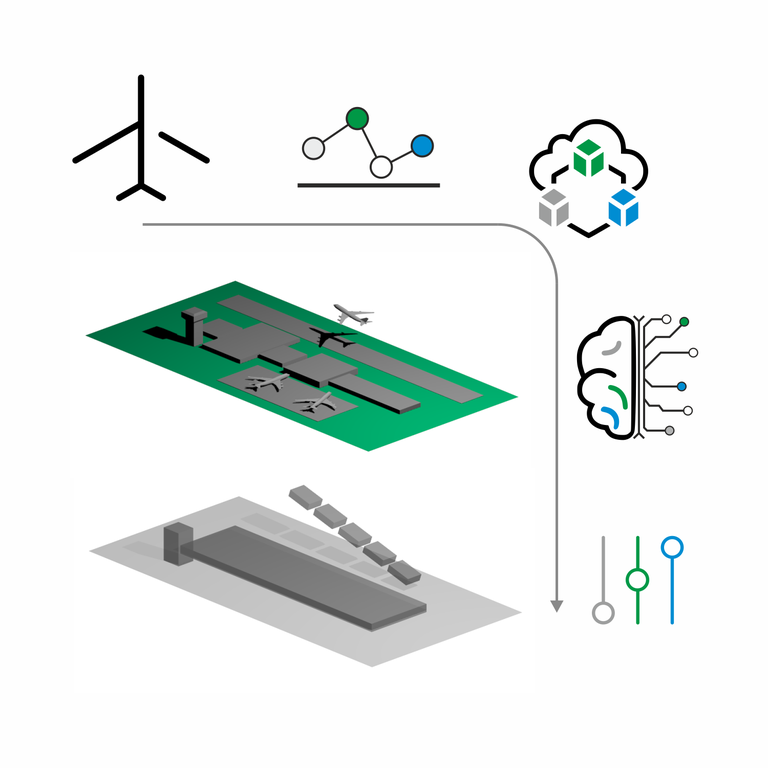
Method development
In-depth methodological competence is required to deal with thematic challenges and to develop and implement innovative concepts. In addition to basic skills in data analysis (e.g. statistics), this also includes handling and processing large amounts of data and visualizing the results. In addition to model-based simulation (coupling of simulation elements known), data-driven methods (showing correlations between input variables and results) are increasingly becoming the focus of method development. Both approaches have their advantages and disadvantages and must be fundamentally understood in order to develop relevant solutions for the future air traffic system. Since the existing methodologies are also constantly being developed, the application-oriented concepts must also be continuously adapted to these new findings.